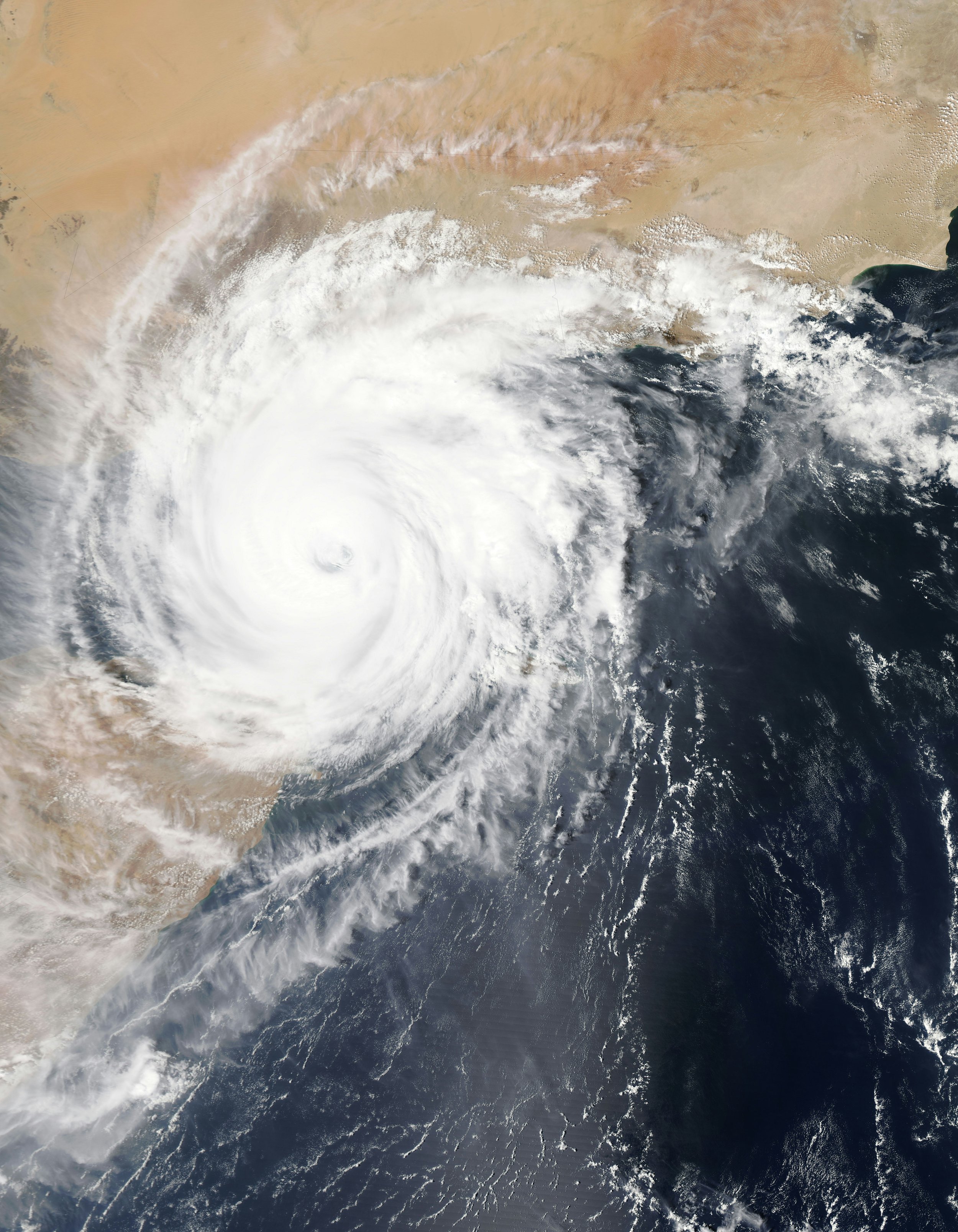
Disaster Response
Natural disasters cause trauma. Here is how you can get help and support your community and loved ones.
After a natural disaster, it’s common for people to focus on immediate needs—repairing damage, reconnecting services, finding water. They often do well during this phase. However, trauma and anxiety can build internally, long after physical damage is repaired.
Unlike visible damage to homes or cars, the psychological impact might not be immediately evident but can persist, triggering delayed stress responses.
It is important to recognize that symptoms of trauma, such as anxiety, heightened stress, and even PTSD, can emerge much later—months or even years after the event. And, it’s important to seek support if you need it, just like you would look for support for repairs to your home.
Everyone’s experience is different, but heightened stress, anxiety, and trauma responses are common, particularly for those who have lived through similar past disasters. And, for people who have experienced multiple disasters, those responses can be more severe.
What you can do
If you experienced a disaster
Stay Engaged: One of the most powerful actions you can take is to stay connected with your community. Talk to your neighbors and check in on them regularly.
It’s OK to Not Be OK: It’s normal to feel stress, anxiety, or even sadness after a disaster. It’s important to talk about how you’re feeling with others.
Accept Help: Learn to accept help from others. Disasters are overwhelming, but remember you are not alone. There are people and resources ready to support you.
988 Lifeline: If the stress becomes too much, remember that help is available 24/7. You can call or text 988 to talk to a trained crisis counselor.
If you are in crisis right now, call or Text 988 or visit 988lifeline.org
If you are having a medical emergency, a safety emergency requiring law enforcement, EMS, or experiencing a fire emergency: DIAL 911.
If you are a frontline worker
Self-Care is Essential: If you are a frontline worker—whether restoring power or assisting customers—remember, you can only help others if you take care of yourself.
Take Breaks: Regularly take a moment to breathe and step away, even briefly, to maintain your own well-being.
988 for You Too: The 988 Lifeline is there for you as well, to talk about your experience, decompress, or access mental health support.
Compassion Fatigue: It’s common for those in frontline roles to experience burnout or compassion fatigue. Be mindful of this and know that seeking help early can prevent it from escalating.
Action you can take: Hand-out wallet cards to help spread the word about 988 in your community.
(Click the image to go to SAMHSA's website which has a variety of free materials that can be shared)
Building Resilience: Employers play a critical role in supporting employees during and after a disaster. Training programs like CREW (Civility, Respect, and Engagement at Work) can help build a supportive work environment.
Compassionate Support: Organizations that act with compassion during stressful times retain employees and have more productive, satisfied teams.
Incorporating Self-Care: Create regular reminders for self-care, such as setting up spaces for reflection or offering flexible schedules to accommodate employees’ needs.
988 Resources: Employers can also promote 988 within the workplace, ensuring employees know where to turn for mental health support. Visit 988ga.org/business for resources tailored to businesses.
If you are an employer
Action you can take: Host education sessions for employees, focusing on 988.
Utilize the video below: How does 988 work?
As part of the education events:
Offer training on how to recognize signs of mental distress and the importance of early intervention, and create a culture where employees feel comfortable discussing mental health without stigma.
There is hope
Acts of Kindness: One positive outcome of natural disasters is the incredible acts of kindness and empathy that bring communities together.
Check On Each Other: Stay connected with neighbors, offer help, and don’t hesitate to ask for assistance if you need it.
Avoid Isolation: It may feel easier to withdraw during tough times, but avoid isolating yourself. Engaging with others can make a world of difference.
Unity in Recovery: Disasters can unify communities, leading to moments of heroism, compassion, and shared resilience. These bonds are key to rebuilding hope.
Additional actions you can take
Sharing 988 material is one of the best ways to help educate neighbors and loved ones about resources that are available.
Share on Social Media
Create a post or story by uploading the photo and copying and pasting the caption.
(Upload this photo)
(Copy and paste the caption below)
Are you worried about someone you know who may be in crisis? Stay with them until you can get them help. Call, text, or chat with @988lifeline.
Post Resources in Visible Locations
Anyone can download handouts as a resource and post them in high-traffic areas to ensure they are visible to community members (such as public bulletin boards inside libraries, coffee shops, etc.)
(Click image to view and download the 988 overview in English and Spanish)
The SAMHSA Store has many free downloadable and printable promotional materials, including some items available to ship for free. Click the link below and check out the resources under “988 Branded Print Materials.”
Share Videos
Georgia First Lady Marty Kemp recorded a series of commercials for those in need of support after a natural disaster and for first responders. These ads can be shared on all platforms.









